
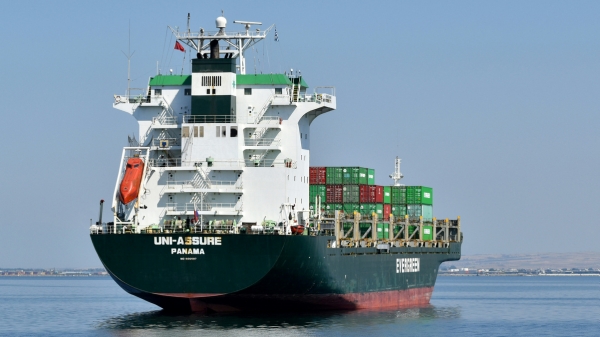
|
Green fuel producers urge IMO to adopt Net-Zero Framework with e-fuel incentives
Twenty companies call for policy certainty ahead of extraordinary IMO session this week. |
|
|
|
||
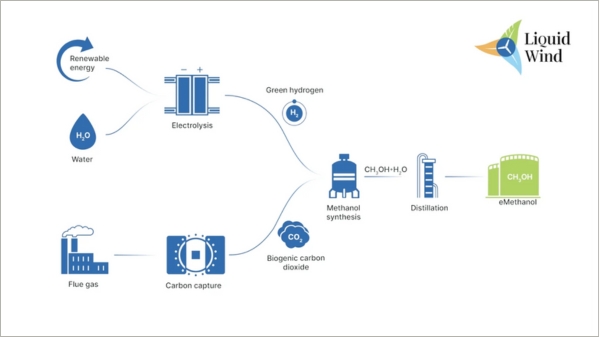
|
Swedish funding secured for e-methanol plant pre-engineering
Swedish Energy Agency backs Örnsköldsvik e-fuel facility through green transition programme. |
|
|
|
||
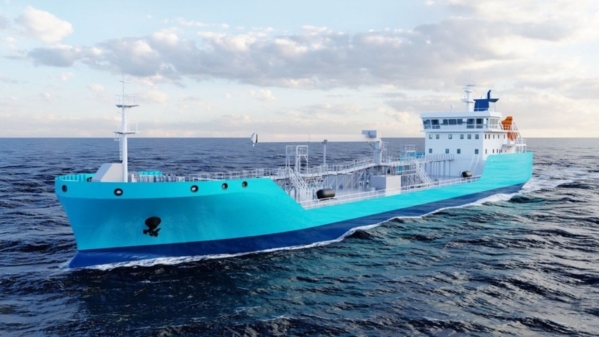
|
Petroineos orders two new bunker vessels for southern France operations
Vessels will handle conventional and low-carbon fuels, including biofuels and e-methanol, from 2028. |
|
|
|
||
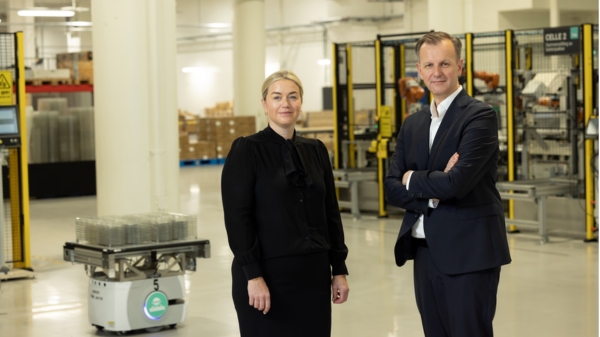
|
Corvus Energy raises $60m from consortium for maritime battery expansion
Norwegian energy storage supplier secures growth capital to accelerate zero-emission shipping solutions. |
|
|
|
||

|
Shipping industry warned nuclear power is essential to meet 2050 net zero targets
Experts say government backing is needed for nuclear investment. |
|
|
|
||
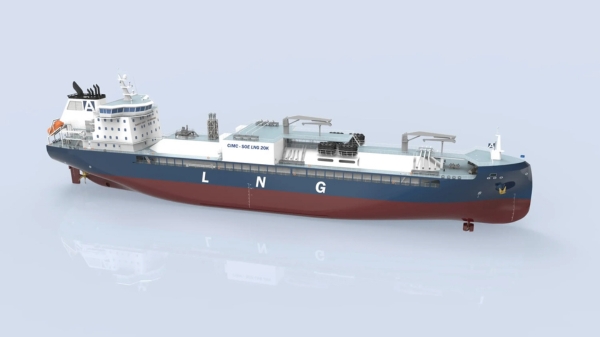
|
ExxonMobil enters LNG bunkering with two vessels planned for 2027
Energy company to charter vessels from Avenir LNG and Evalend Shipping for marine fuel operations. |
|
|
|
||
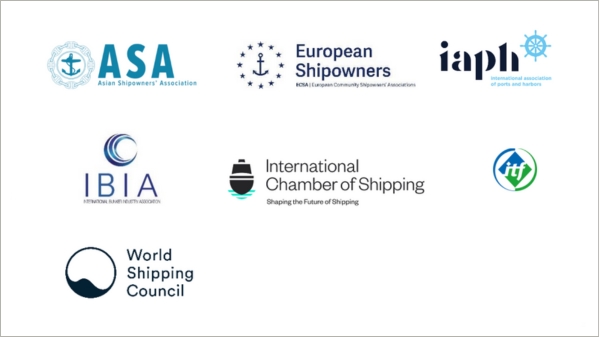
|
Shipping associations back IMO Net-Zero Framework ahead of key vote
Seven international associations urge governments to adopt comprehensive decarbonisation rules at IMO meeting. |
|
|
|
||
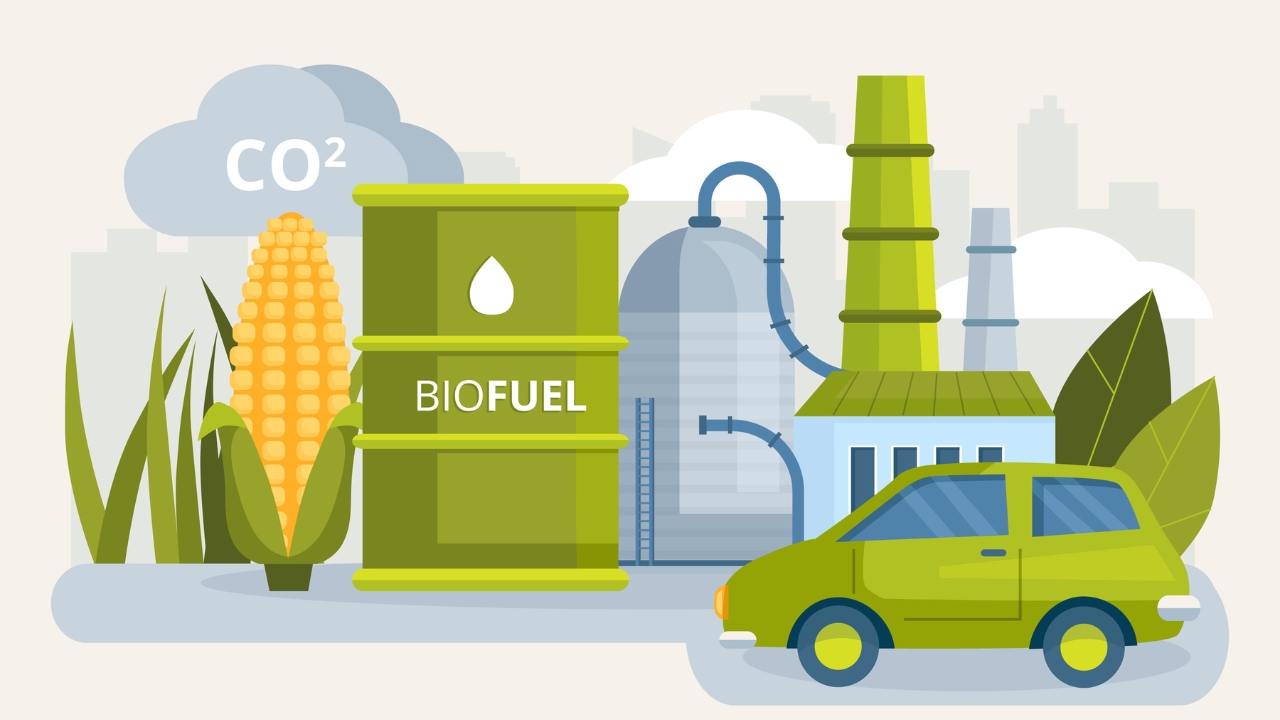
|
Study claims biofuels emit 16% more CO2 than fossil fuels they replace
Transport & Environment report challenges biofuels as climate solution ahead of COP30. |
|
|
|
||
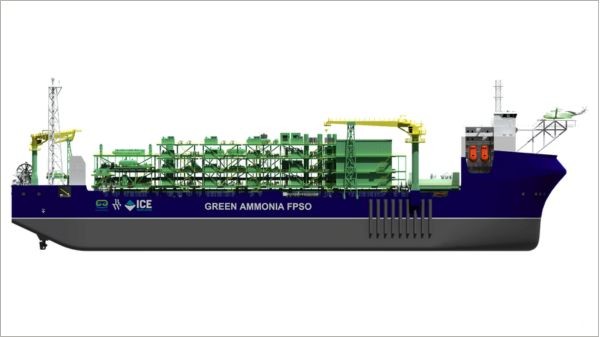
|
ABB to supply automation systems for floating green ammonia production vessel
Technology firm signs agreement with SwitcH2 for Portuguese offshore facility producing 243,000 tonnes annually. |
|
|
|
||

|
VPS launches Verisphere digital platform to streamline marine fuel decarbonisation tools
New ecosystem connects multiple maritime emissions solutions through single user interface. |
|
|
|
||
| 'Most eco-friendly' LNG-powered icebreaker presented at CIMAC Congress [News & Insights] |
| Wartsila to power two icebreakers [News & Insights] |
| Power, propulsion and automation solution for 'world's most advanced port icebreaker' [News & Insights] |
| Deltamarin wins design contract for LNG-fuelled icebreaker [News & Insights] |